- myFICO® Forums
- FICO Scoring and Other Credit Topics
- General Credit Topics
- Re: Credit Card Utilization
- Subscribe to RSS Feed
- Mark Topic as New
- Mark Topic as Read
- Float this Topic for Current User
- Bookmark
- Subscribe
- Mute
- Printer Friendly Page
Credit Card Utilization
Is your credit card giving you the perks you want?
Browse credit cards from a variety of issuers to see if there's a better card for you.
- Mark as New
- Bookmark
- Subscribe
- Mute
- Subscribe to RSS Feed
- Permalink
- Report Inappropriate Content
Re: Credit Card Utilization
It means for example:
If you have $1000 worth of charges on a card with a $5000 limit your statement will report $1000 which represents a utilization of 20%.
To reduce utilization, pay $900 before statement cuts so only $100 reports on the statement. Then Pay in full (PIF) the $100 statement balance. In effect you are now making 2 payments each billing cycle instead of one. What's the benefit? Your calculated utilization used in Fico scoring has been lowered to 2% from 20%.
Side note: It is important to have one of your 2 cards report a "small" balance. If both cards report $0 balance, your score will be penalized. The penalty is often called the "all zeros" penalty.
Fico 8: .......EQ 850 TU 850 EX 850
Fico 4 .....:. EQ 809 TU 823 EX 830 EX Fico 98: 842
Fico 8 BC:. EQ 892 TU 900 EX 900
Fico 8 AU:. EQ 887 TU 897 EX 899
Fico 4 BC:. EQ 826 TU 858, EX Fico 98 BC: 870
Fico 4 AU:. EQ 831 TU 872, EX Fico 98 AU: 861
VS 3.0:...... EQ 835 TU 835 EX 835
CBIS: ........EQ LN Auto 940 EQ LN Home 870 TU Auto 902 TU Home 950
- Mark as New
- Bookmark
- Subscribe
- Mute
- Subscribe to RSS Feed
- Permalink
- Report Inappropriate Content
Re: Credit Card Utilization
@Anovice wrote:
- Should I call Capital One and ask them if they will do an auto-CLI? If they won't and I ask for a higher limit, does this hurt my credit score?
- I have never been late on paying a bill in over 50 years. I understand why Capital One's computers cut my credit score in half, but I do not like it. Also, I like buying American and would rather talk with customer support here than in Panama of the Philippines.
- If I go the route the another credit card, in addition to Discovery, can someone receommend a few? I do not care what the interest is because I pay immediately upon receiving the statement.
- If I get another credit card how long will this impact your scores for?
- Thomas_Thumb said " It also means double payments - one before statement cuts and then a 2nd after cut date to PIF." By example, does this mean that if my statement says $500, then I pay $500 before the statement cuts and $500 after the statement cuts? What does PIF mean?
Where I am driving is I am thinking of purchasing a vacation home next year where I will need a mortgage and would want the lowest interest rate possible.
Comments:
- You cannot request an "auto-CLI"; such CLIs are just that, automatic and have not been requested.
- You can go onto the CapOne web site and request a credit line increase; it matters not whether you are approved for an increase or not, you will only be hit with a soft pull and this will in no way impact your credit score.
- From my perspective, your best bet would be to join PenFed FCU, open up a savings account (minimum deposit $5.00), then open an SSL, and a credit card; all three can be accomplished with a single hard pull.
Chapter 13:
- Burned: AMEX, Chase, Citi, Wells Fargo, and South County Bank (now Bank of Southern California)
- Filed: 26-Feb-2015
- MoC: 01-Mar-2015
- 1st Payment (posted): 23-Mar-2015
- Last Payment (posted): 07-Feb-2020
- Discharged: 04-Mar-2020
- Closed: 23-Jun-2020
I categorically refuse to do AZEO!


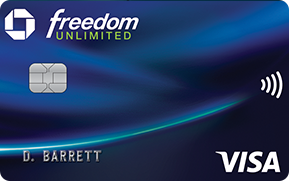
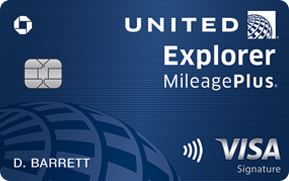
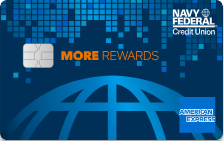

In the proverbial sock drawer:
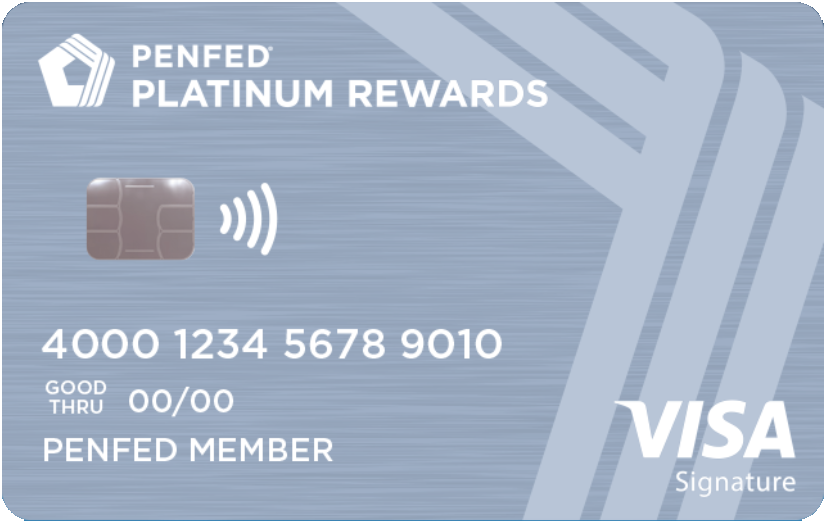


- Mark as New
- Bookmark
- Subscribe
- Mute
- Subscribe to RSS Feed
- Permalink
- Report Inappropriate Content
Re: Credit Card Utilization
Thank you for all the great posts!
I think that I have decided the best thing that I can do is get a third credit card. This is solve the utilization problem, but more so, what Thomas_Thumb posted really resonates. I have a thin file and am vulnerable. What happends is CapitalOne further reduces my credit limit, my Costco Citi Visa does the same or either one decides to close my account.
Now the question becomes where do I go and what should I do. Horsehoez suggested that I go to PenFed FCU, open up a savings account (minimum deposit $5.00), then open an SSL, and a credit card. Is a Secured Savings Loan necessary? I can get my utilization under 9% without a loan. If it is necessary to take out a SSL, Horsehoez suggested that I can join PenFed FCU, open up a savings account (minimum deposit $5.00), then open an SSL, and apply for a credit card with a single hard pull. How do I go about doing this? Or, would something like a Discover credit card be better for me? I pay my Visa bills the day that I receive my monthly statements from CapitalOne and Citi.
- Mark as New
- Bookmark
- Subscribe
- Mute
- Subscribe to RSS Feed
- Permalink
- Report Inappropriate Content
Re: Credit Card Utilization
@Anovice wrote:Thank you for all the great posts!
I think that I have decided the best thing that I can do is get a third credit card. This is solve the utilization problem, but more so, what Thomas_Thumb posted really resonates. I have a thin file and am vulnerable. What happends is CapitalOne further reduces my credit limit, my Costco Citi Visa does the same or either one decides to close my account.
Now the question becomes where do I go and what should I do. Horsehoez suggested that I go to PenFed FCU, open up a savings account (minimum deposit $5.00), then open an SSL, and a credit card. Is a Secured Savings Loan necessary? I can get my utilization under 9% without a loan. If it is necessary to take out a SSL, Horsehoez suggested that I can join PenFed FCU, open up a savings account (minimum deposit $5.00), then open an SSL, and apply for a credit card with a single hard pull. How do I go about doing this? Or, would something like a Discover credit card be better for me? I pay my Visa bills the day that I receive my monthly statements from CapitalOne and Citi.
1. Get a credit card you would like to have. You might want to look into regional credit unions and see what they have that interests you.
2. You need to understand that utilization for FICO score purposes is not based on usage, but on reported balances. Here's how this works with a card for which the reported balance is the statement balance:
- A and B each have 2 cards with a $5000 credit limit, and each spends $2500 a month on the card.
- A pays the cards off the day before the statement cuts, B pays them off the day after the statement cuts.
- A has 0% utilization; B has 50% utilization.

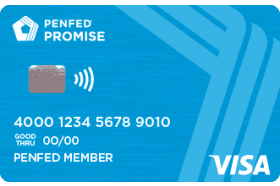


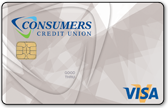
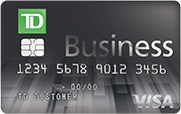
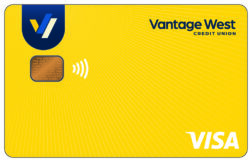
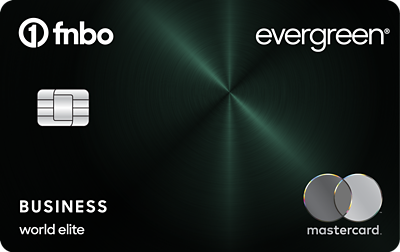
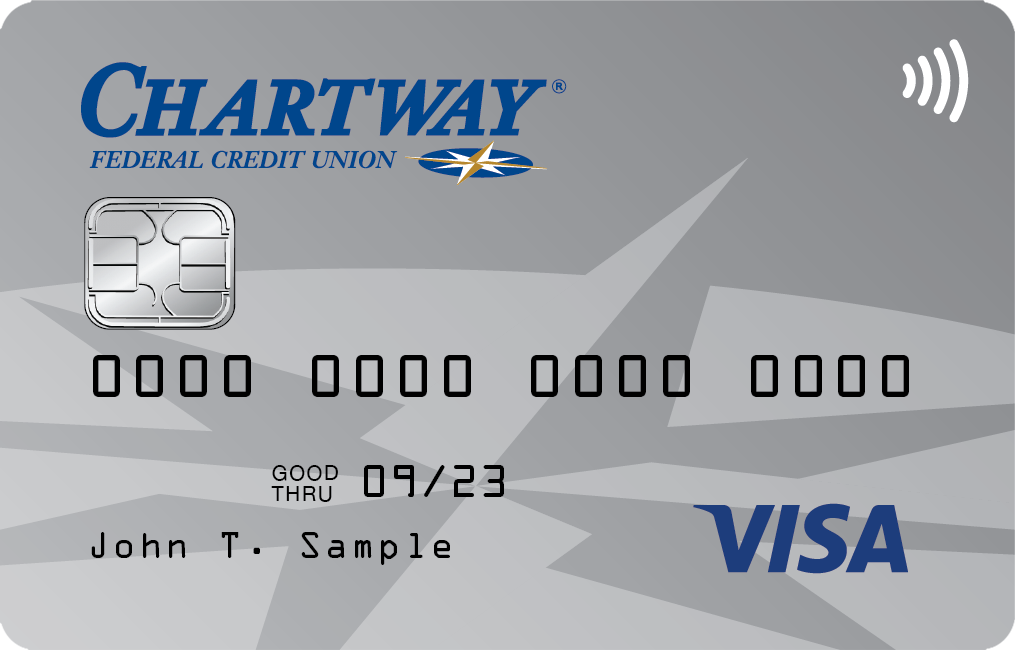


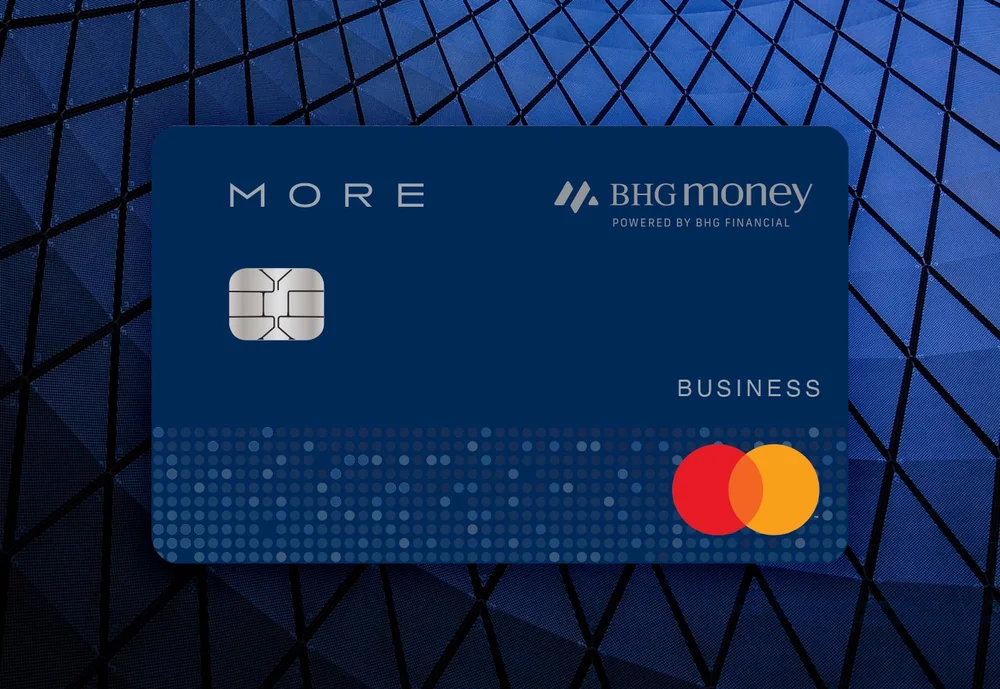
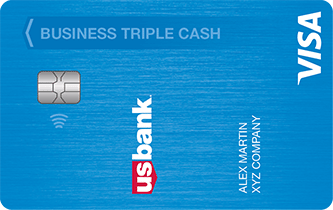

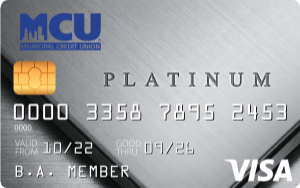
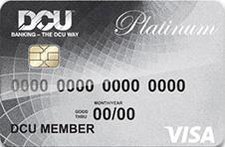
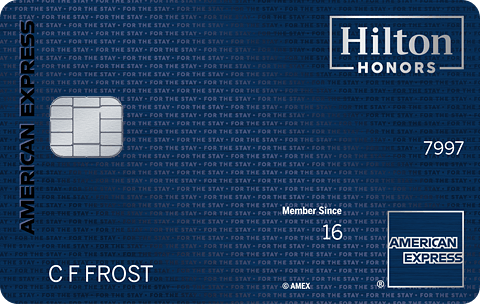
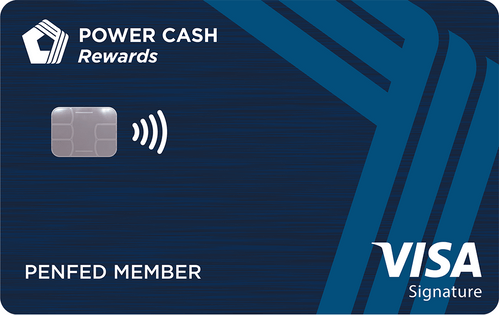
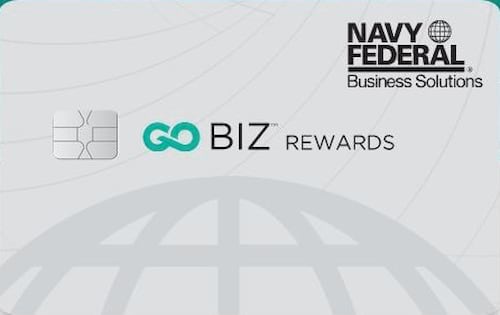
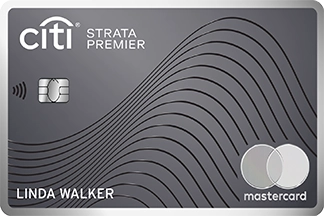
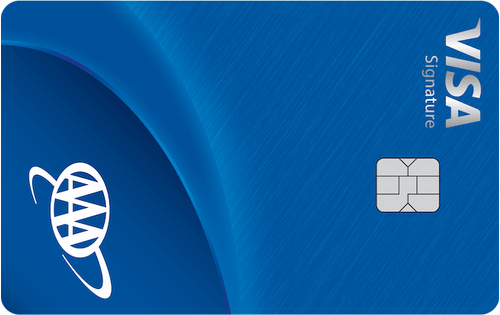
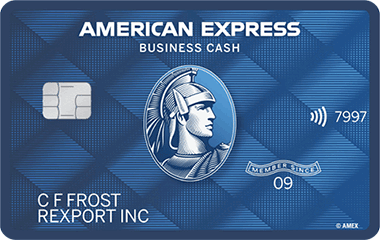
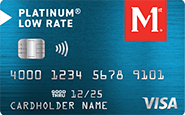
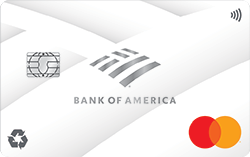

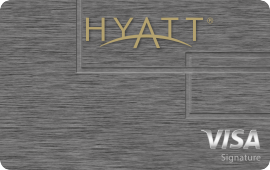
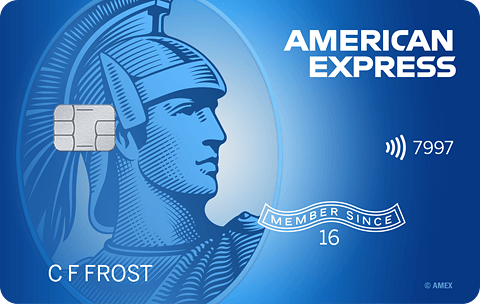
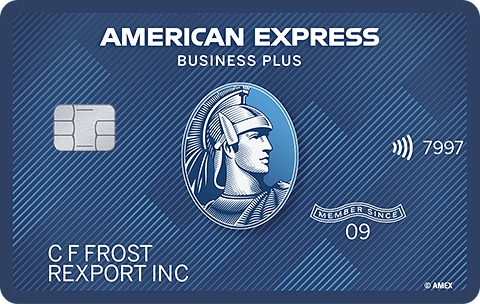



Total revolving limits 568220 (504020 reporting) FICO 8: EQ 689 TU 691 EX 682
- Mark as New
- Bookmark
- Subscribe
- Mute
- Subscribe to RSS Feed
- Permalink
- Report Inappropriate Content
Re: Credit Card Utilization
Using the last year of my EX FICO 8 scores to help illustrate various points made above including @SouthJamaica's most recent point:
- May 2022:
- No hard pulls for two years
- One $3,000 SSL with an outstanding balance of about 8%
- Three credit cards (all at least a year old) with a total combined limit of about $18,000
- One credit card with a balance of less than $100.
- I had a score of 837
- I then applied for a new credit card one hard pull, a reduced AAoA, and a starting limit of a whopping $2,000; my score dropped to 812.
- In August I was granted a CapOne CLI of $1,500; no change to my scores.
- In October a few things happened:
- I bought a new car (my first in over 20 years)
- The dealership and Toyota Finance both hit me with a hard pull
- I started the loan with a balance of about $38,500 (and by definition a 100% outstanding balance)
- I closed my PenFed SSL
- My score dropped to 765
- In December a few more things happened:
- I opened two new bank accounts with Chase and while I was at it, the banking associate asked me if I wanted a credit card as well; I didn't have a travel related card at the time so I asked for a Chase Sapphire Preferred; bingo, approved with a credit limit of $11,700.
- My total revolving credit limit was increased to about $33,000
- I took another hard pull, totalling 4 for the previous 12 months
- My score dropped to 734, totalling a 101 point drop between April and December
- By February of this year my score had inched back up to 754, no explanation as to why, but possibly because of two auto-CLIs, one from CapOne and another from TDBank, bringing my total revolving limit up to about $38,000
- In March:
- My payment for one of my cards posted the day after the statement cut which meant a reported balance of about 16% for that one card; my score dropped to 738
- A few days later the zero balance on that card was reported and that kinda-sorta helped my score as I went from a relatively high/atypical (for me) utilization on one card to all zero which of course isn't optimal either; my score bumped up to 748.
- In April I ended up showing AZEO with one of my five cards reporting a trivial balance of about $50; my scores bumped up 16 points to 764.
I told you all of that to say this, opening both a third credit card and an SSL will help your scores in the long run, but doing so may well depress your scores for the next few months. That and as always in the credit score game, your mileage may vary.
Chapter 13:
- Burned: AMEX, Chase, Citi, Wells Fargo, and South County Bank (now Bank of Southern California)
- Filed: 26-Feb-2015
- MoC: 01-Mar-2015
- 1st Payment (posted): 23-Mar-2015
- Last Payment (posted): 07-Feb-2020
- Discharged: 04-Mar-2020
- Closed: 23-Jun-2020
I categorically refuse to do AZEO!






In the proverbial sock drawer:



- Mark as New
- Bookmark
- Subscribe
- Mute
- Subscribe to RSS Feed
- Permalink
- Report Inappropriate Content
Re: Credit Card Utilization
@Horseshoez wrote:
@Anovice wrote:Prior to the pandemic, my FICA credit score was always about 825. During the pandemic, Capital One decided to cut my credit limit from $10,000 to $5,000. Unfortunately, I used this credit card very little, which I am sure is the reason that they cut my credit limit in half. The only other credit card that I have and is the one that I use, is a Costco Visa. Since the pandemic, my credit score has been 797 plus or minus a few points.
I would like to get my credit score back to about 825. The only way I can see how to do that is to increase my credit limit, which would lower my utilization, becuse my spending has not increased. Even this I do not understand, because with my lowered credit limit, I am still under 30% utilization (barely). If increasing my credit limit is the answer to increasing my credit score, I would rather not go back to Capital One to increase my credit limit. Is an answer to apply for another credit card?
A fair amount to unpack here, so a few comments (some of which are at cross purposes):
- I don't think a higher total credit limit will boost your scores all that much, and almost certainly not back up to 825
- Adding another card will actually hurt your scores a bit what with the hard pull and the recalculation of your AAoA
- The collective here at myFICO believe for optimal scores you need the following:
- At least three revolving credit cards
- Should allow only one to report a trivial monthly charge (say under $100)
- If I were in your shoes I'd do the following:
- Pay down your balance(s) to under 9% of your total credit limit (this will give you an immediate boost without doing anything else)
- If you have more than one card reporting balances, then pay all but one down to zero and then pay the remaining one down to under 9%, or better still, under $100
- Request a CLI with CapOne (they do CLIs with a soft pull, so not impact on your scores)
- Apply for a third credit card (assuming you don't already have three), yes, this will impact your scores for a while, but they will recover
- If you don't have a mortgage, a car loan, or any other type of installment loan, apply for a Secured Savings Loan (SSL); PenFed and NFCU both offer such loans. Once opened, pay said SSL down to under 9% and let it sit.
Horseshoez, can you confirm that the Penfed SSL works the same as the Navy Fed SSL, i.e., you can pay down the SSL to 8.9% right away and the next payment due date will be pushed out far into the future as it is with Navy? I have read conflicting reports and I would like to ask somebody who has actually had a Penfed SSL. Thanks.
- Mark as New
- Bookmark
- Subscribe
- Mute
- Subscribe to RSS Feed
- Permalink
- Report Inappropriate Content
Re: Credit Card Utilization
In post 10 the OP mentions having over 50 years of ontime payment history. I suspect the OP receives statements and then pays statement balances. Scores have been maintained over 800 most of the time. Main concern is the drop in credit limit resulting in a 10 to 20 point drop in score due to higher reported utilization.
Considering the OP's situation simply adding a 3rd card and increasing credit limits on existing cards will suffice. This should do the trick even if the OP wants to maintain a 50 year practice of allowing transactions to post on statements and simply paying statement amounts.
That being said, I would encourage the OP to make some early payments to lower statement balance in months where a card is heavily used.
Fico 8: .......EQ 850 TU 850 EX 850
Fico 4 .....:. EQ 809 TU 823 EX 830 EX Fico 98: 842
Fico 8 BC:. EQ 892 TU 900 EX 900
Fico 8 AU:. EQ 887 TU 897 EX 899
Fico 4 BC:. EQ 826 TU 858, EX Fico 98 BC: 870
Fico 4 AU:. EQ 831 TU 872, EX Fico 98 AU: 861
VS 3.0:...... EQ 835 TU 835 EX 835
CBIS: ........EQ LN Auto 940 EQ LN Home 870 TU Auto 902 TU Home 950
- Mark as New
- Bookmark
- Subscribe
- Mute
- Subscribe to RSS Feed
- Permalink
- Report Inappropriate Content
Re: Credit Card Utilization
@CH-7-Mission-Accomplished wrote:Horseshoez, can you confirm that the Penfed SSL works the same as the Navy Fed SSL, i.e., you can pay down the SSL to 8.9% right away and the next payment due date will be pushed out far into the future as it is with Navy? I have read conflicting reports and I would like to ask somebody who has actually had a Penfed SSL. Thanks.
Yes, confirmed. When I payed mine down under 9% the "Next Due Date" got pushed out over 2.5 years into the future.
Chapter 13:
- Burned: AMEX, Chase, Citi, Wells Fargo, and South County Bank (now Bank of Southern California)
- Filed: 26-Feb-2015
- MoC: 01-Mar-2015
- 1st Payment (posted): 23-Mar-2015
- Last Payment (posted): 07-Feb-2020
- Discharged: 04-Mar-2020
- Closed: 23-Jun-2020
I categorically refuse to do AZEO!






In the proverbial sock drawer:



- Mark as New
- Bookmark
- Subscribe
- Mute
- Subscribe to RSS Feed
- Permalink
- Report Inappropriate Content
Re: Credit Card Utilization
Thomas_Thumb, you are spot on with everything that you said, and I will make some early payments to lower statement balance in months where a card is heavily used. Alternatively, if I have a larger expenditure, I could always pay with check. What tripped me up recently, is that I put my yearly auto insurance on my Citi Visa. In retrospect, I should have paid it from "Pay Bills" from my checking account.
If I can get some thoughts on a credit card to get, that would be greatly appreciated. Again, the interest rate is of no moment because I pay 100% as soon as I receive my statement.
- Mark as New
- Bookmark
- Subscribe
- Mute
- Subscribe to RSS Feed
- Permalink
- Report Inappropriate Content
Re: Credit Card Utilization
I put insurance and medical bills on credit cards. It provides an opportunity to get some cash back bonus $$. Recommend you continue paying by card if it has cash back bonus.
Just call the # on your credit card and make an early payment by phone from your checking account. Speak to a customer service rep to set it up. Once done, future payments can be made using the automated pay by phone system. You can elect to pay total balance or some lesser amount. Ultimately you can also pay statement balances by phone - or use "pay bills" on-line
I have 5 credit cards. One is a Discover card which I have used since 1989. I think it would be a good option for you. Decent cash back and generous credit limits. Minimal hassle to apply and no need to join anything.
There are other cards with better cash back options. Perhaps other posters can provide a short list.
FYI - try to maintain reported balance under 29% of the cards credit limit and aggregate utilization (all cards combined) under 9% to avoid "large" swings in credit score.
2 card example:
A. Card 1 has a CL of $5000 and reports $1250. Card utilization is 25%
B. Card 2 has a CL of $4000 and reports $800. Card utilization is 20%.
Each card is under 29% which meets the individual card criteria. However in aggregate there are $2050 in charges on a combined $9000 credit limit. That is above 9% aggregate threshold which would be $810 in reported charges. Fico looks at both individual and aggregate utilization seperately.
Now if $0 were reported on card 1 and the same $800 on card 2, aggregate utilization is now below 9% ($810) and individual card utilizations are both below 29% (0% and 20%).
Fico 8: .......EQ 850 TU 850 EX 850
Fico 4 .....:. EQ 809 TU 823 EX 830 EX Fico 98: 842
Fico 8 BC:. EQ 892 TU 900 EX 900
Fico 8 AU:. EQ 887 TU 897 EX 899
Fico 4 BC:. EQ 826 TU 858, EX Fico 98 BC: 870
Fico 4 AU:. EQ 831 TU 872, EX Fico 98 AU: 861
VS 3.0:...... EQ 835 TU 835 EX 835
CBIS: ........EQ LN Auto 940 EQ LN Home 870 TU Auto 902 TU Home 950